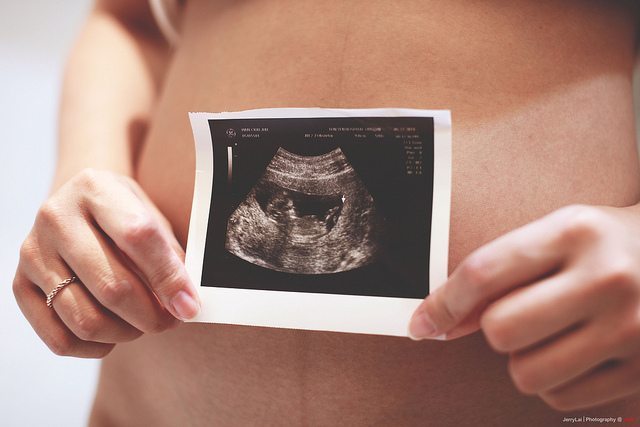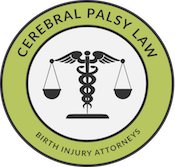What is Cephalopelvic Disproportion (CPD)?
Cephalopelvic disproportion occurs when a fetus is too large to pass through the mother’s pelvis during delivery. While planning a safe delivery around a cephalopelvic disproportion diagnosis is possible, the failure to do so may result in lasting physical and mental impairments such as cerebral palsy.
If you believe cephalopelvic disproportion resulted in your loved one’s cerebral palsy or permanent injury, you may have grounds for a medical malpractice injury claim. Call Michigan Cerebral Palsy Attorneys toll-free at (888) (888) 592-1857 or complete this online contact form for a free evaluation of your child’s birth injury case. Our experienced Michigan cerebral palsy lawyers and professionals will answer your questions and inform you of your legal options.
What Causes CPD?
- Hereditary factors
- Postmaturity
- Abnormal fetal position or presentation
- The mother has a small or abnormally shaped pelvis
- Maternal (or gestational) diabetes, which leads to fetal macrosomia (larger than average babies)
What Injuries Are Associated with CPD?
- Prolapsed umbilical cord: A prolapsed umbilical cord occurs when the umbilical cord exits the birth canal before the baby.
- Shoulder dystocia (the baby’s shoulders cannot easily pass through the birth canal)
- Continued labor, or “failure to pass’
- Labor-inducing drugs: Administering drugs to speed up labor (such as Pitocin and Oxytocin) have dangerous side effects for both mother and child.
- Head trauma may result in brain damage
Is There a Way to Minimize the Injuries Associated with CPD?
In order to abide by proper medical standards, physicians are obligated to carefully evaluate patients before labor and delivery begins to avoid the injuries and complications associated with CPD. The following mandatory methods are ways that physicians should assess and foresee CPD risks and ensure a safe C-section delivery:
- Test for “failure to progress,” which is indicated by slowness or ceasing of labor and could signify CPD.
- Measure the mother’s pelvis: Physicians should gather information about the mother’s pelvis type and size through X-rays and examinations.
- Know the baby’s presentation: Abnormal presentations like breech or face presentations may make passage through the pelvis and birth canal difficult and dangerous.
- Know the baby’s size: Use scanning technologies to measure the baby’s head and test for fetal macrosomia (above average newborn size).
- Know if the pregnancy is post term: Post term babies are generally larger, so physicians should prepare for emergency C-sections in postdate pregnancies.
- Test for maternal or gestational diabetes, which can lead to macrosomia.
- Know if the mother is over 35 years of age.
How Is Cephalopelvic Disproportion Treated?
The only treatment for CPD is surgical delivery or C-section, so mothers and physicians must either schedule an operation or prepare for emergency C-section.
Legal Help for Cephalopelvic Disproportion and Cerebral Palsy
It is crucial for medical professionals to anticipate cephalopelvic disproportion and closely monitor its effects during delivery—failure to do so is considered negligence, and when negligence leads to an injury in the mother or child, it is medical malpractice. If you believe CPD lead to your loved one’s cerebral palsy or lifelong injury, call our experienced attorneys today for a free consultation. You may reach our Michigan attorneys 24/7 by pressing the Live Chat button to the left of your screen, calling us toll-free at (888) 592-1857, or filling out this online contact form.
